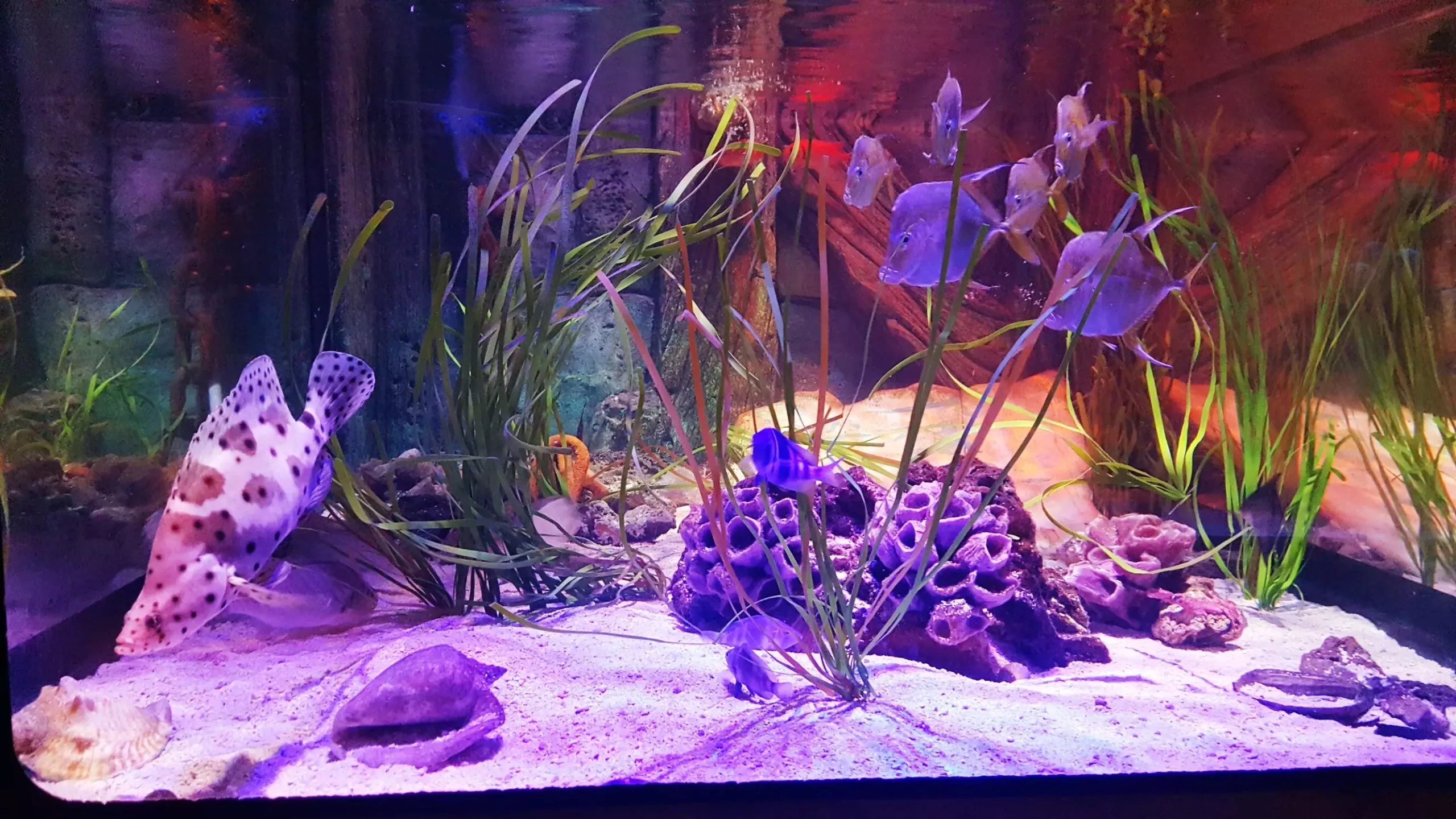Setting up an aquarium can be one of the most rewarding hobbies, but it also comes with a myriad of questions that often leave beginners puzzled. From selecting the right tank size to determining how much substrate or food is necessary, understanding the basics is crucial for a thriving aquatic environment. This article aims to demystify the essentials of aquarium setup, covering everything you need to know to make informed decisions and avoid common pitfalls along the way.
Choosing the Right Aquarium Size
The first step in establishing your aquatic oasis is selecting an appropriate tank size. Aquariums come in various shapes and sizes, but there are standard dimensions that can make the choice easier. Generally, the bigger the tank, the more stable the ecosystem, which is an essential factor to consider for both beginners and seasoned aquarists. A larger water volume dilutes toxins and stabilizes temperature fluctuations, making it a more forgiving environment for your aquatic pets.
As you ponder the tank size, you must also consider the weight factor. A fully filled tank can weigh significantly, affecting the stand and the flooring beneath. A good rule of thumb is to calculate that each gallon of water weighs about 8.34 pounds. So, a 50-gallon tank will weigh approximately 417 pounds once filled. Make sure you account for the combination of the tank, substrate, decorations, and equipment when choosing a spot for your aquarium.
Essential Equipment: Heaters and Filters
Once you have settled on the size of your aquarium, the next step is to equip it adequately. Heaters and filters are essential components that keep your aquatic environment safe and comfortable for your fish. The heating requirement is straightforward: typically, aim for about 5 Watts of heating power per gallon of water. For instance, if you have a 20-gallon aquarium, a 100-Watt heater should suffice.
However, it is wise to prepare for unforeseen circumstances. Keeping a backup heater on hand can save you from disaster, especially during harsh winters when your primary heater may fail. You should also consider the distribution of heat within larger tanks. Two smaller heaters can better maintain an even temperature than one large one, as they allow for more flexible placement.
When it comes to filtration, a general guideline suggests that your filter should allow the entire tank volume to pass through four times each hour. If your 30-gallon tank requires a filter flow rate of at least 120 gallons per hour, err on the side of caution by choosing a filter with a higher output. This simple decision can have significant effects on water clarity and the health of your aquarium’s inhabitants.
Substrates: Finding the Right Depth
When outfitting your aquarium, the substrate you select can greatly influence not only the aesthetic but also the health of your fish. A good starting point is to aim for a substrate depth of about 2 inches. For standard gravel, use approximately one pound per gallon of water as a guideline. Naturally, irregular tank shapes may require adjustments, but this general rule is a reliable starting point.
If you’re delving into aquascaping with plants, keep in mind that different species have varying requirements for substrate depth and composition. Researching what works best for your plants is critical, as the substrate can deeply affect their root health and overall growth.
Feeding Your Fish Wisely
New aquarium owners often grapple with how much food to supply their fish. It’s common to overestimate their nutritional requirements, resulting in uneaten food polluting the tank. Fish food loses its potency after a month once opened; therefore, purchasing in smaller quantities can save money and reduce waste.
A good practice is to provide enough food that your fish can consume in 3 to 5 minutes, twice a day. If fish are left with excess food, you may be overfeeding them. Remember that young or growing fish may need more frequent feeds, but always stay mindful of how much you’re offering. Overfeeding leads not only to health issues like fatty liver diseases in fish but can also contribute to toxic water conditions in your tank.
Setting up an aquarium involves careful consideration of several factors, from tank size to the appropriate heating and filtering systems, as well as substrate selection and feeding routines. By arming yourself with these essential guidelines, you’ll not only enhance the aesthetics of your aquarium but also create a thriving ecosystem for your fish. The more informed you become, the better your chances of enjoying a vibrant, healthy aquarium for years to come.

